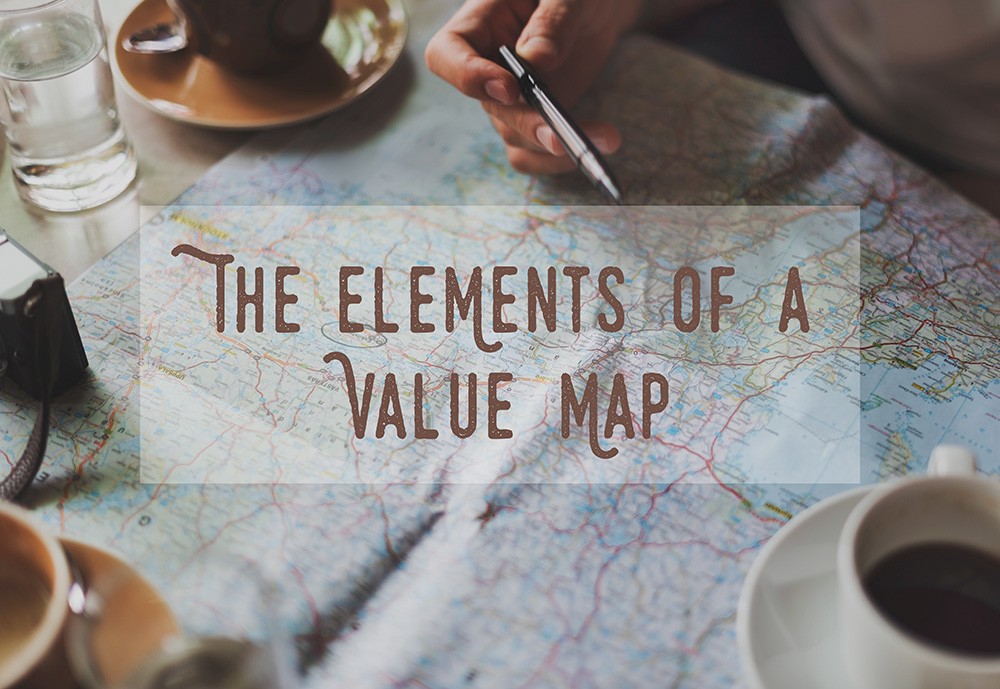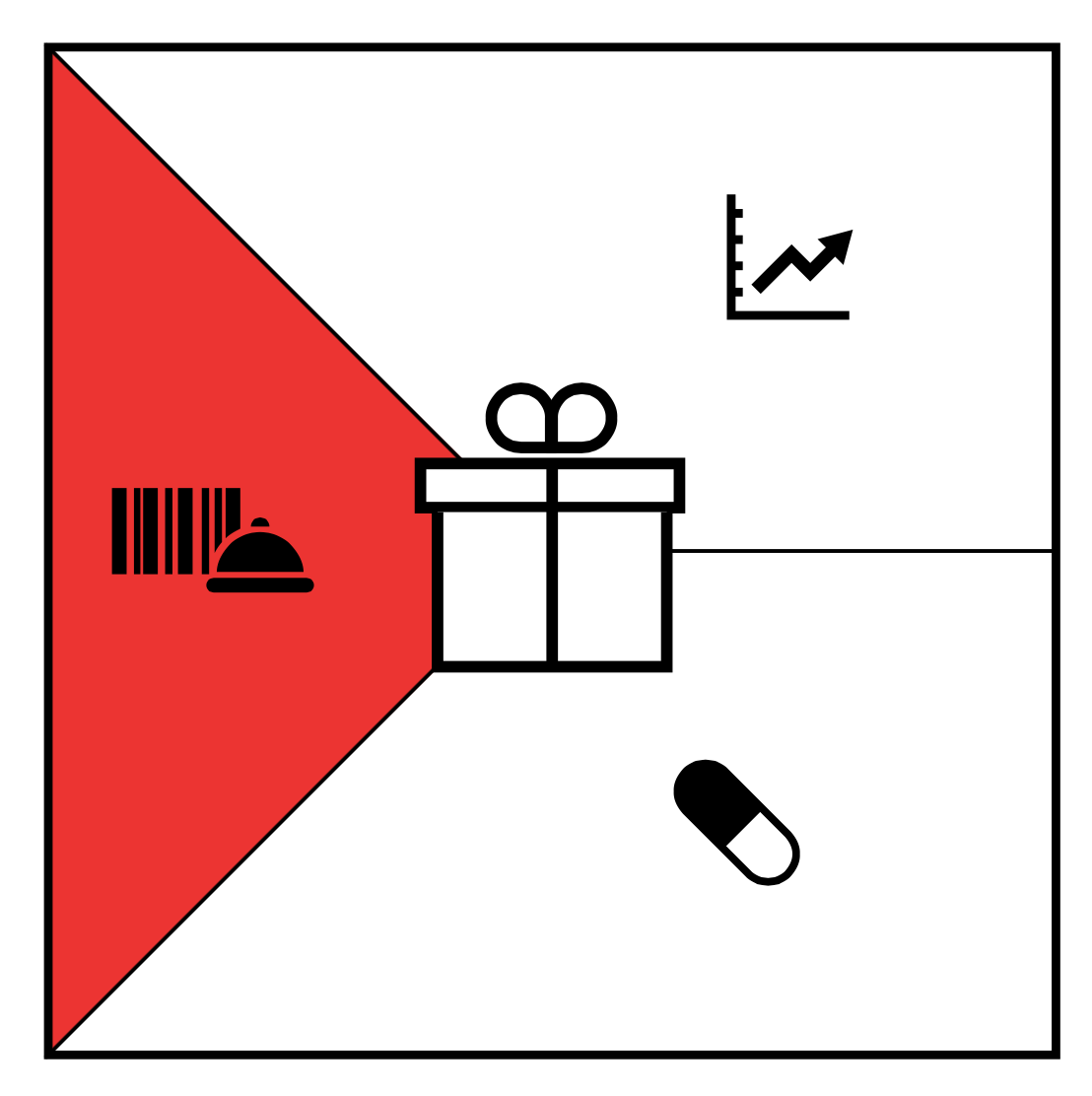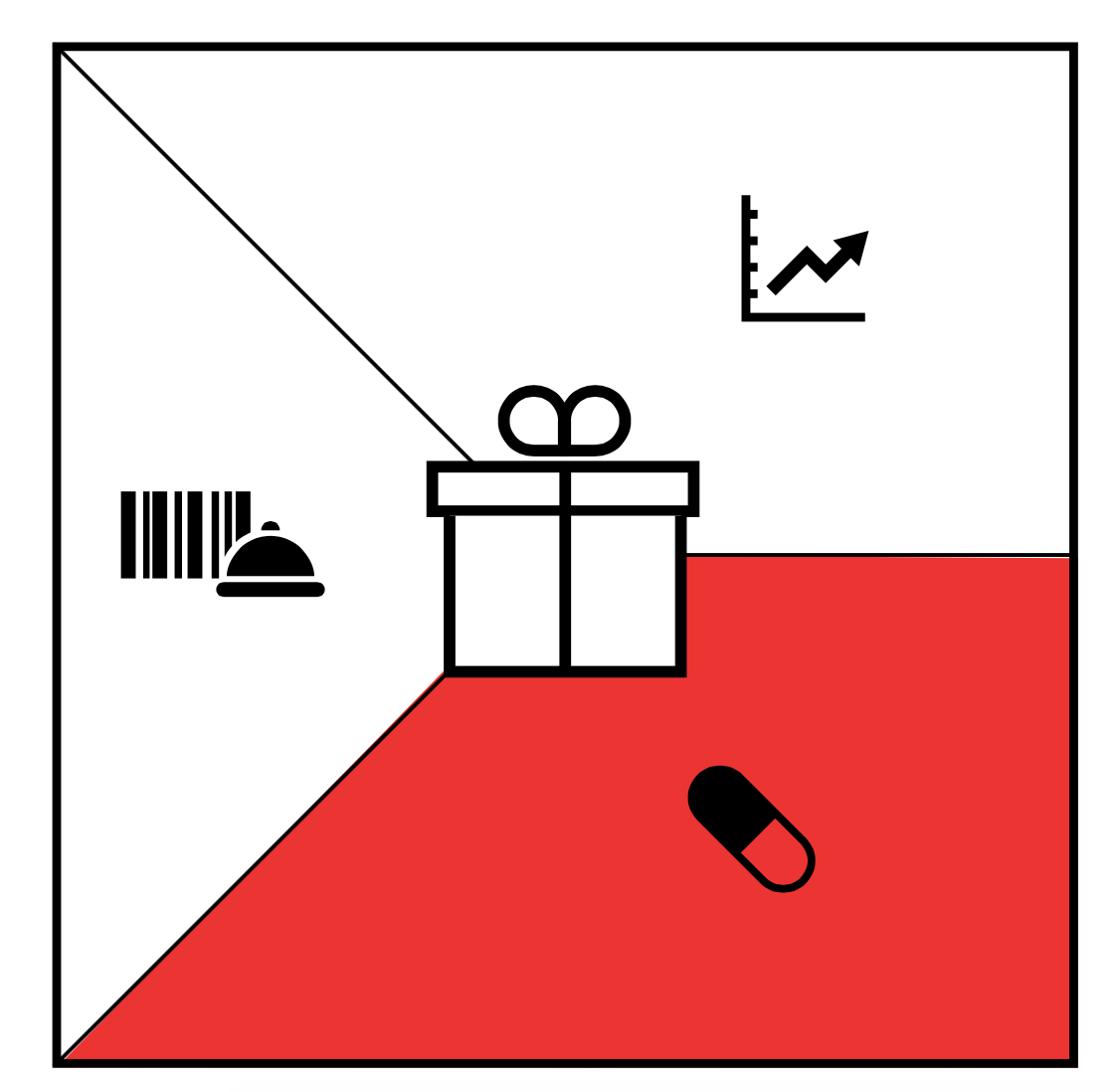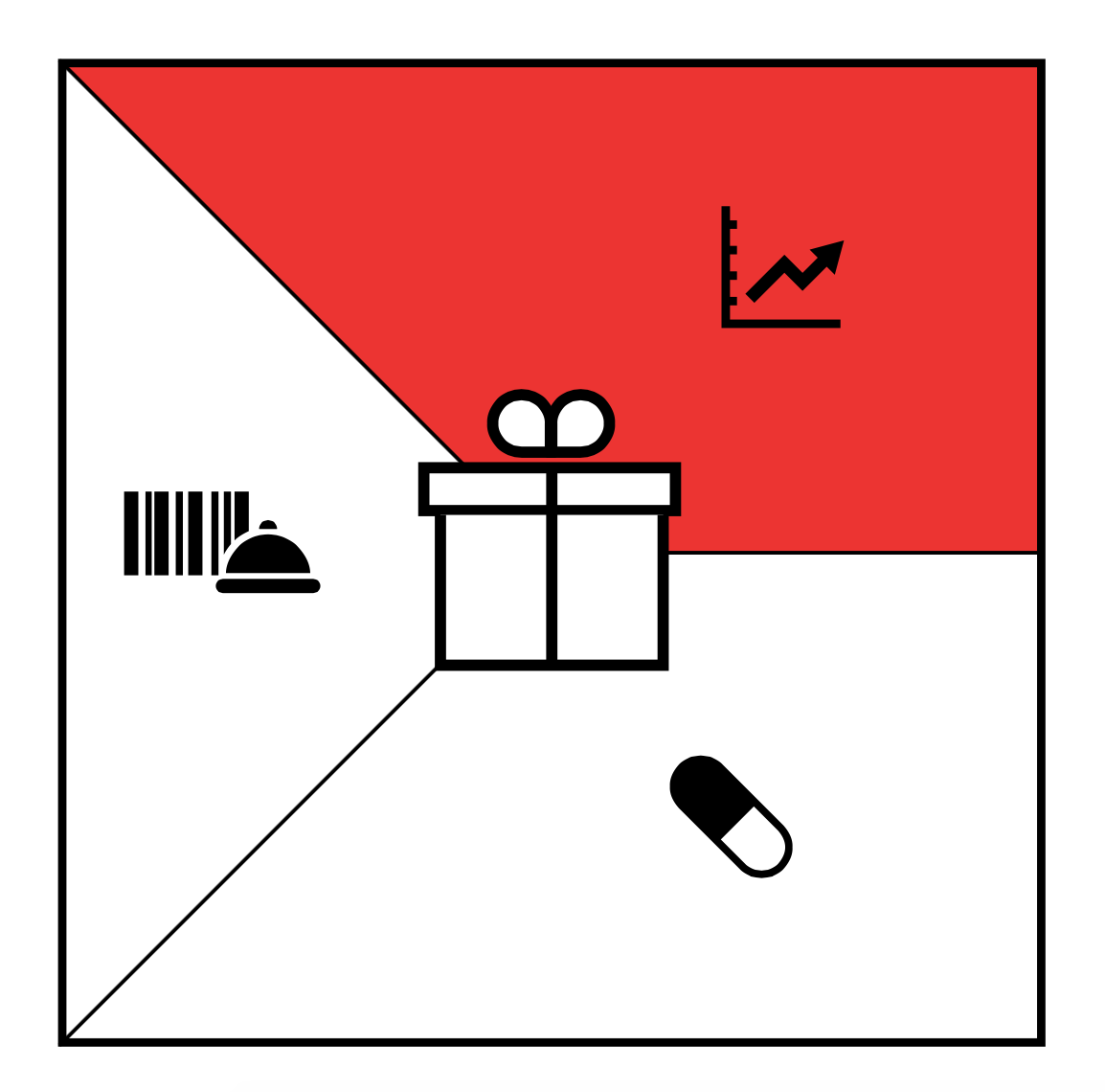
Mapping the Wants, Needs and Fears of your customer and figuring out how your new product or service answers them is one of the most important parts of building a business strategy. The Value Map is a visual tool that lets you plan what problems or desires your product or service addresses in a way that allows you to find a match between your product and the expectations of your customers.

Here are its three main components.
1) The Product

The product segment is a list of all the Products and Services a value proposition is built around. To do it right, list all the products and services your value proposition is built around.
Try to answer questions like:
- Which products and services do you offer that help your customer get either a functional, social, or emotional job done, or help him/her satisfy basic needs?
- Which ancillary products and services help your customer perform the roles of?
- Are your products and services tangible, digital/virtual, intangible, or financial?
2) The Pain Reliever

The pain reliever describes how your products and services alleviate customer pains. While creating it, try to describe how your products and services eliminate or reduce negative emotions, undesired costs and situations, and risks your customer experiences.
Try to answer questions like:
- Do they produce savings?
- Do they make your customers feel better?
- Do they put an end to difficulties and challenges your customers encounter?
- Do they eliminate risks your customers fear?
- Do they limit or eradicate common mistakes customers make? (e.g. usage mistakes, ?)
- Do they get rid of barriers that are keeping your customer from adopting solutions?
3) The Gain Creator

The gain creator describes how your products and services create customer gains. In this segment you need to describe how your products and services create benefits your customer expects, desires or would be surprised by.
Try to answers questions like:
- Do they produce outcomes your customer expects or that go beyond their expectations?
- Do they outperform current solutions that delight your customer?
- Do they make your customer?s job or life easier?
- Do they produce positive outcomes matching your customers success and failure criteria?

For more useful information on all aspects of marketing and product development, follow us on Twitter or check out our website.
Credits: https://strategyzer.com/books/value-proposition-design


